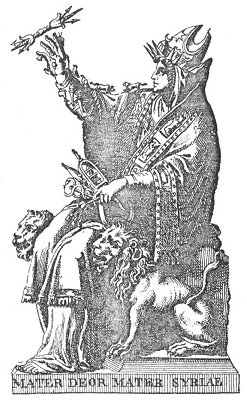Mick Harper wrote:And speaking of Mithras, I just received this e-mail flyer from Q-maghttp://www.q-mag.org/
An excellent article. If I may paraphrase that article...
While there are similarities in name between the Roman and Zoroastrian Mithra/Mithras, there are also some clear distinctions. The Roman Mithraism was not a religion dedicated to the worship of a specific divinity, but an association of mutual assistance, whose members were free, in their public life, to worship whatever god they liked. It seems it was not a mass religion, but an organisation to which only members of the Roman army and of the imperial bureaucracy were admitted. Within a century, Sol Invictus Mithras was so strongly associated with the Roman Army throughout the whole Roman empire, that it is now often considered by historians to be the “religion” typical of Roman soldiers. Sol Invictus Mithras may also have been the elite organisation for the same people (initially St Paul and then Josephus Flavius) who took Paulian Christianity to Rome, and from there, throughout the Roman Empire. The last part is the part that disturbs modern-day (Paulian) Christians. Even more so when it appears that the following Mithrac attributes pre-date Christianity.
Mithra was born in December of the virgin Anahita.
The babe was wrapped in swaddling clothes, placed in a manger and attended by shepherds.
He was considered a great traveling teacher and master.
He had 12 companions or "disciples."
He performed miracles.
As the "great bull of the Sun," Mithra sacrificed himself for world peace.
Mithra ascending to heaven in his solar cart, with sun symbolHe ascended to heaven.
Mithra was viewed as the Good Shepherd, the "Way, the Truth and the Light," the Redeemer, the Savior, the Messiah.
Mithra is omniscient, as he "hears all, sees all, knows all: none can deceive him."
He was identified with both the Lion and the Lamb.
His sacred day was Sunday, "the Lord's Day," hundreds of years before the appearance of Christ.
His religion had a eucharist or "Lord's Supper."
Mithra "sets his marks on the foreheads of his soldiers."
Mithraism emphasized baptism.
Ref:
http://www.truthbeknown.com/mithra.htm It gets worse if we point out that the Paulian (Roman) Christianity is fundamentally (sic) different to the original Essene/Coptic teachings around zero AD.


